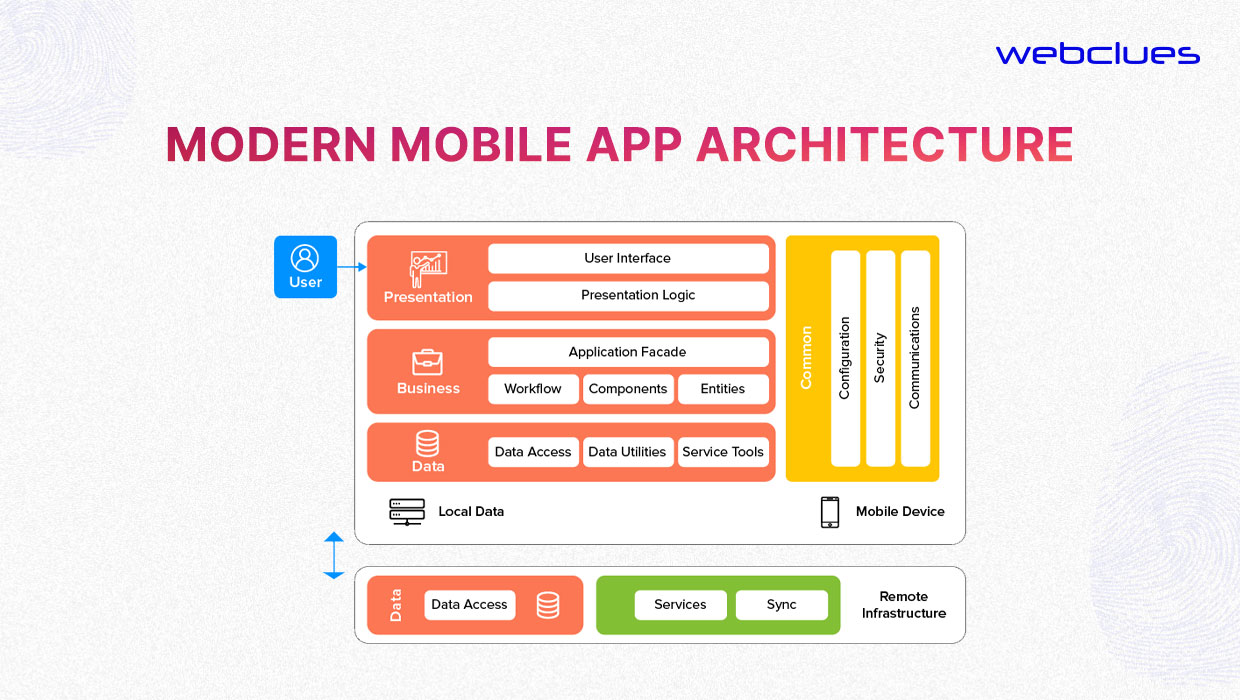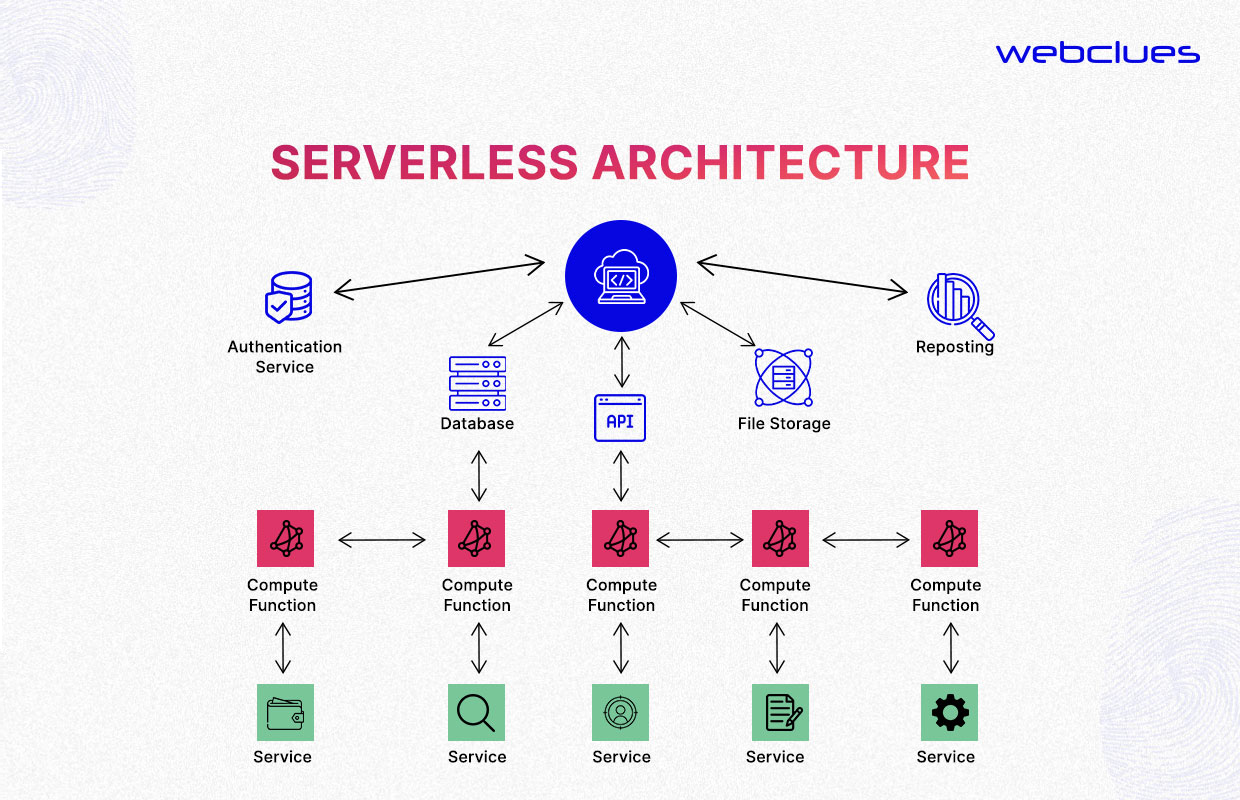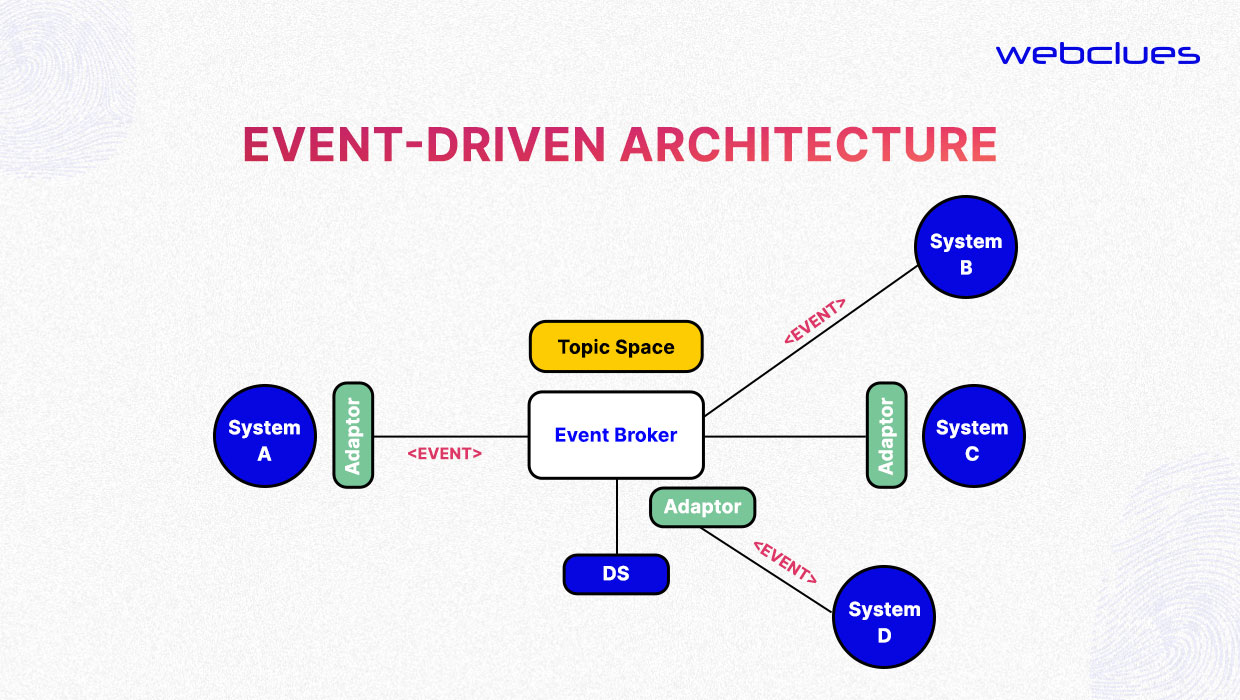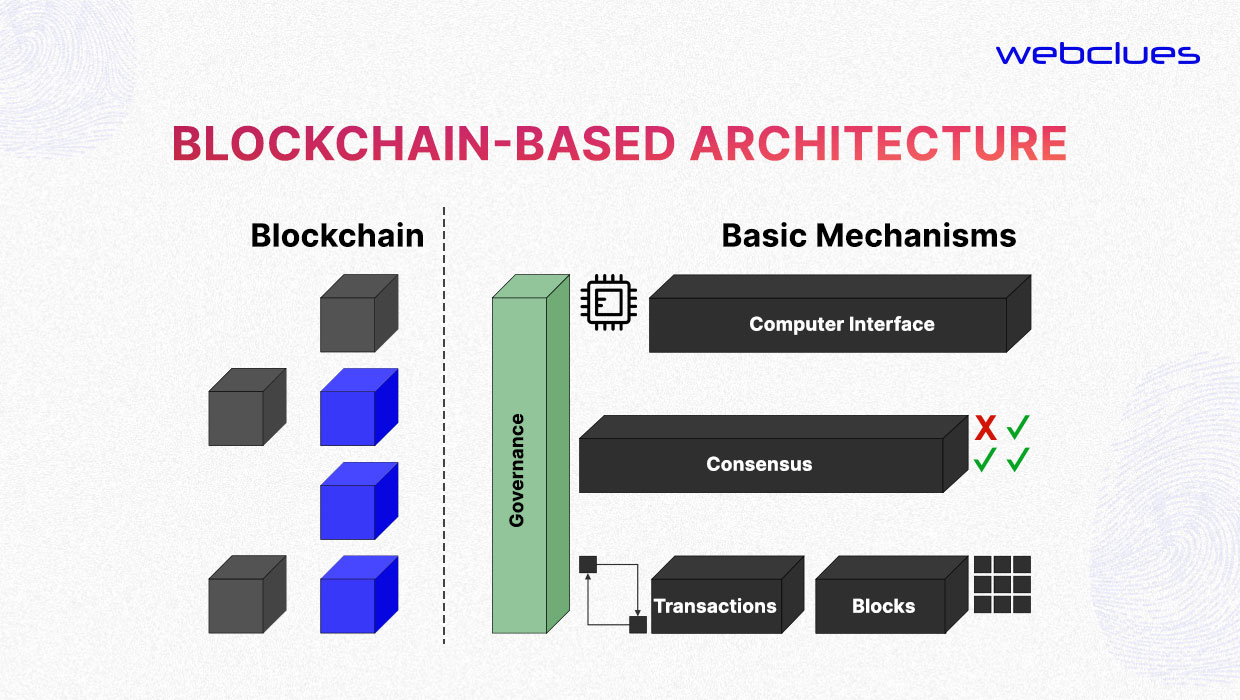Modern Mobile Apps Architecture to be Aware of in 2023

Mobile app architecture is the foundation upon which all mobile apps are built. It defines how the app's components, such as UI elements, data storage, and communication, work together to deliver a seamless user experience. In today's ever-changing mobile landscape, mobile app developers and businesses must stay up-to-date with the latest mobile app architectures. As we approach 2023, several new architectural patterns have emerged, which we will explore in this blog.
Traditional Mobile App Architecture
The traditional mobile app architecture typically consists of three layers: the presentation layer, the business logic layer, and the data layer. The presentation layer is responsible for the app's UI elements, the business logic layer handles app logic and communication with external systems, and the data layer is responsible for data storage. While this architecture served its purpose in the early days of mobile app development, it is now considered outdated and has several limitations. For example, it is difficult to scale and maintain, and changes to one layer often require changes to other layers.
Modern Mobile App Architecture

Modern mobile app architecture, on the other hand, aims to address the limitations of traditional architecture. It is designed to be modular, scalable, and easy to maintain. There are several benefits to modern mobile app architecture, including faster development cycles, better user experience, and improved app performance.
Popular Modern Mobile App Architecture to Watch for in 2023
Developers and businesses should be aware of several modern mobile app architectures as we approach 2023. Here are a few of the most popular:
Microservices Architecture

Microservices architecture has been gaining popularity in recent years due to its ability to break down complex applications into smaller, more manageable components. In a microservices architecture, the application is broken down into a set of independent services that can be developed and deployed separately. Each service is responsible for performing a specific task, and they communicate with each other via APIs. Microservices architecture allows developers to work on different components of the application simultaneously, making the development process faster and more efficient.
Serverless Architecture

Serverless architecture is another modern architecture that developers need to be aware of in 2023. In serverless architecture, the application's backend is managed by a cloud service provider, and developers only need to focus on the application's front end. The serverless architecture eliminates the need for developers to manage and maintain servers, reducing development time and costs. Moreover, serverless architecture offers scalability and flexibility, allowing developers to quickly scale the application up or down based on user demand.
Event-Driven Architecture

Event-driven architecture (EDA) is an architecture where the application responds to events in real time. In EDA, the application is designed to react to events and messages, rather than continuously poll for changes. EDA is beneficial for applications that require real-time processing, such as chat applications or stock trading applications. EDA offers scalability and fault tolerance, as the application can react to changes in real-time, without having to continuously query the database.
Progressive Web App Architecture

Progressive web apps (PWAs) are web applications that can be installed on the user's device, just like native applications. PWAs offer the same user experience as native apps, without the need to download them from an app store. Progressive web apps are built using web technologies such as HTML, CSS, and JavaScript, and they use modern web APIs to offer offline capabilities, push notifications, and other features traditionally associated with native apps. PWAs offer several benefits over native apps, including cross-platform compatibility, faster load times, and lower development costs.
Blockchain-Based Architecture

Blockchain-based architecture is a new trend that is gaining traction in the mobile app development industry. Blockchain technology offers several benefits, including security, transparency, and immutability. In blockchain-based architecture, the application's backend is built on a blockchain, and the front end communicates with the blockchain using APIs. Blockchain-based architecture is ideal for applications that require high security, such as financial applications or healthcare applications.

Best Practices for Implementing Modern Mobile App Architecture
To fully leverage the benefits of modern mobile app architecture, it is essential to follow the best practices during the implementation process. Here are some of the key best practices to consider:
Define clear requirements: Before beginning the development process, it is crucial to have a clear understanding of the app's purpose, functionalities, target audience, and business goals. This will help developers to design a robust architecture that meets the requirements of the app.
- Choose the right architecture framework: There are various modern mobile app architecture frameworks available in the market, such as MVVM, MVP, and Clean Architecture. Choose the one that aligns with the app's requirements, the team's expertise, and the development timeline.
- Prioritize user experience: User experience should be the primary focus while designing the app's architecture. Ensure that the app is responsive, scalable, and has a fast-loading speed. Implement design patterns that promote simplicity, consistency, and intuitiveness.
- Optimize code quality: Clean code practices and design patterns such as SOLID and DRY should be followed to promote the maintainability and extensibility of the code. Code reviews and automated testing should be conducted regularly to ensure code quality.
- Emphasize security and privacy: Security should be a top priority while designing the app's architecture. Implement secure data storage, network encryption, and user authentication mechanisms. Ensure that the app complies with relevant privacy laws and regulations.
- Integrate analytics and monitoring tools: Integrating analytics and monitoring tools into the app's architecture can help to collect and analyze user behavior data, identify performance issues, and improve the app's overall performance.
Predictions for Mobile App Architecture in the coming years
The future of mobile app architecture is expected to evolve rapidly in the coming years. With the advent of new technologies and advancements in mobile app development, we can predict that mobile app architecture will become more streamlined, modular, and scalable. The use of microservices and serverless architecture will become more common, allowing for more efficient and cost-effective development. Moreover, AI and machine learning will play a significant role in enhancing app performance and user experience. The focus on security and data privacy will also continue to be a crucial aspect of mobile app architecture. Overall, the future of mobile app architecture is exciting, and it promises to bring more personalized, intuitive, and engaging mobile apps to users.
Build Your Agile Team
Hire Skilled Developer From Us
undefined
undefined
undefinedOur Recent Blogs
Sharing knowledge helps us grow, stay motivated and stay on-track with frontier technological and design concepts. Developers and business innovators, customers and employees - our events are all about you.
Contact
Information
India
Ahmedabad
1007-1010, Signature-1,
S.G.Highway, Makarba,
Ahmedabad, Gujarat - 380051
Rajkot
1308 - The Spire, 150 Feet Ring Rd,
Manharpura 1, Madhapar,
Rajkot, Gujarat - 360007
UAE
Dubai
Dubai Silicon Oasis, DDP,
Building A1, Dubai, UAE
USA
Atlanta
6851 Roswell Rd 2nd Floor,
Atlanta, GA, USA 30328
New Jersey
513 Baldwin Ave, Jersey City,
NJ 07306, USA
California
4701 Patrick Henry Dr. Building
26 Santa Clara, California 95054
Australia
Queensland
120 Highgate Street,
Coopers Plains,
Brisbane, Queensland 4108
UK
London
85 Great Portland Street, First
Floor, London, W1W 7LT
Canada
Burlington
5096 South Service Rd,
ON Burlington, L7l 4X4
Let’s Transform Your Idea into
Reality. Get in Touch





